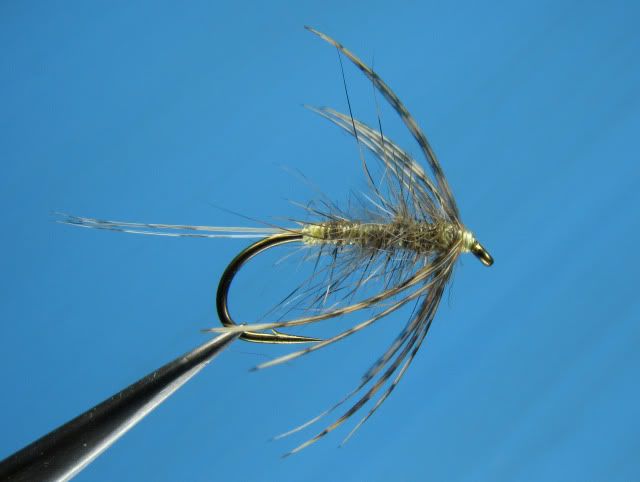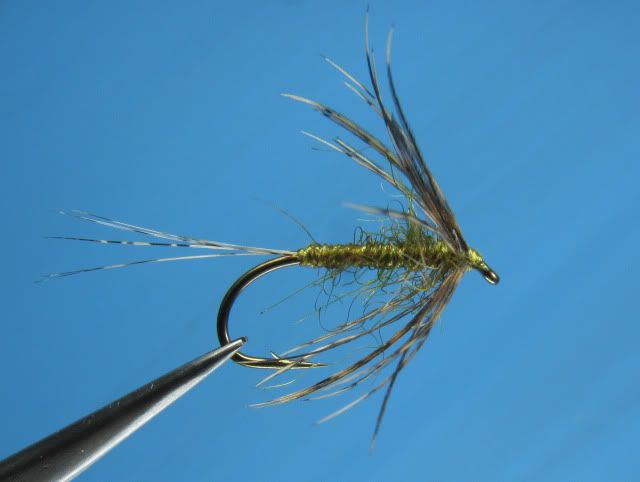Thanks everyone. I like these fuller composed patterns, even when the trend in my boxes has been for slimmer and smaller flies. I just wish I had more field testing time and reports on effectiveness. This season to date, I've had great takes on the basics, partridge and hares ear and small black gnat type patterns, but some of the best connections have been made when I draw a wild card and pull out a pattern that I tied 4-5 years ago. They seemed spot on at the time, I came to a new understanding and realm of preferences that put them in the back of the box, and then streamside, something clicks and they save the day. I tied an amber tube bodied soft-hacke when I first started tying, #12 and #14, over hackled with partridge and heads fit for salmon flies. They were still in the box and early this season for some reason the water was high and fast and even targeting remote wild browns in smaller water, it just seemed the best option for visibility, depth and vitality of the fly. Spot on. I connected with a couple on a slight swing and lift in an area that I thought I would just chalk up to..."well, there were high water conditions and I'm not surprised I didn't catch anything." I should take a pic, if I weren't embarrassed of the overall novice tying. I guess I shouldn't be for all the experimental assemblies I post.
Anyway, I like these larger flymphs. It's been a while since I've tied them and I can't wait to give them some stream time.
Thanks for all the kind words you guys provide in way of support.
Any yes, Shuck Wax, as I was telling Bill recently, is the one thing in my entire tying cabinet that I can't replace. My tying would collapse in a heap without it. (not to put any pressure on him starting up the production process.


)
w


